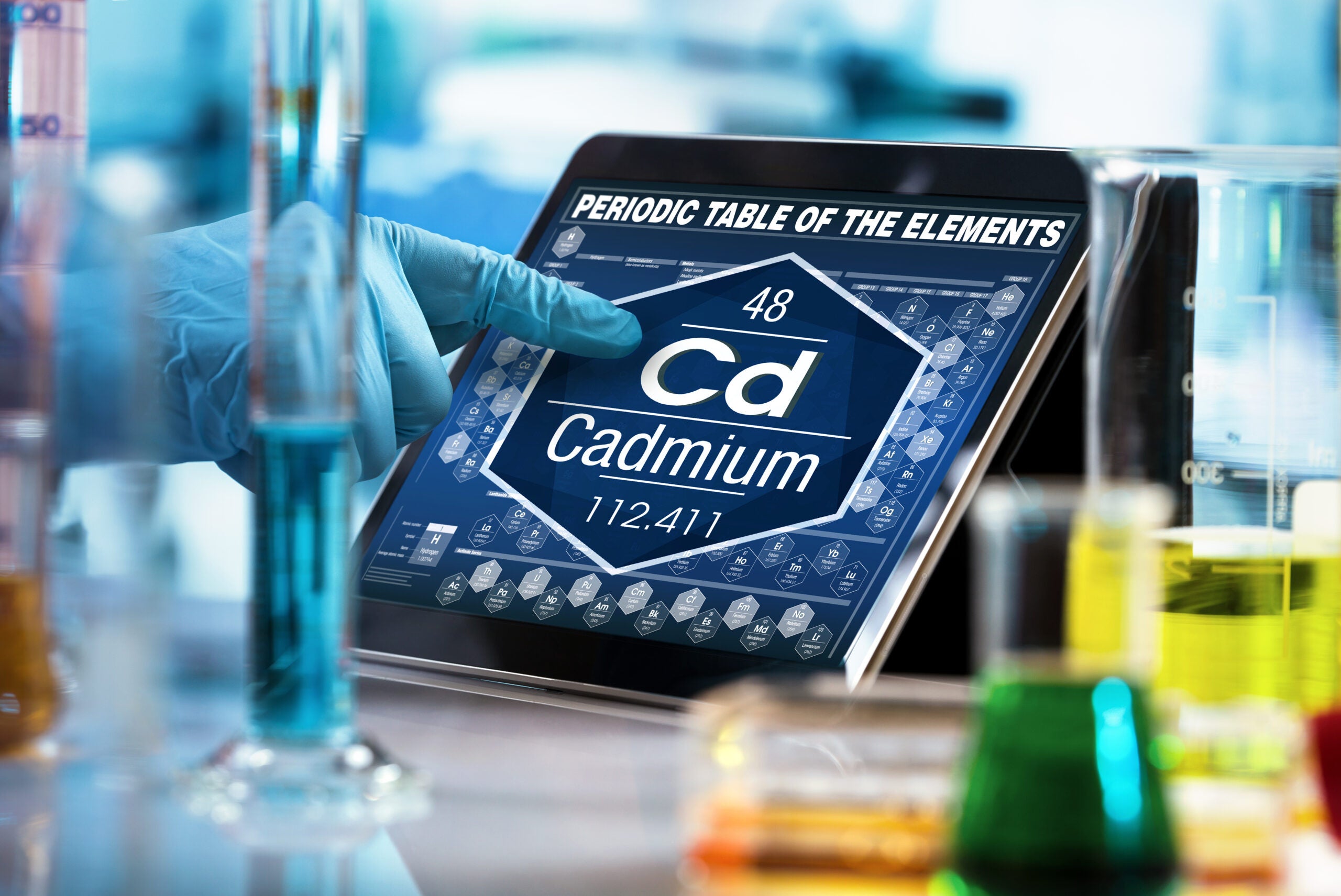Chemical safety evaluation: Packing tox tests into single drops of liquid!
Jennifer McPartland, Ph.D., is a Health Scientist.
Parts in this series: Part 1 Part 2 Part 3 Part 4
In my last post I introduced EPA’s collaborative NexGen effort and briefly described the scientific advances underpinning the program. In this post, I’ll explore some of the potential power of EPA’s efforts, which will require that we get a bit into the nitty gritty (nerd spoiler alert!).
NexGen is focusing on how new scientific knowledge and technological capabilities may interplay with traditional hazard and risk assessment that predominantly relies on more expensive and time-consuming animal studies.
There has been a lot of buzz around what is called high-throughput (HT) testing of chemicals. Just last week, EPA issued a public statement describing the unveiling of a new robot housed at the National Institutes of Health Chemical Genomics Center (NCGC). I highly recommend watching the robot in action by clicking on the “Toxicity Testing Robot System” video link available on the NIH National Human Genome Research Institute’s website. The robot is scheduled to test 10,000 chemicals for potential toxicity! So, what does that actually mean?
EPA has focused significant attention on developing methods that allow for more rapid HT testing and screening of chemicals. EPA is not alone in these efforts. It is one of several agencies, like the NIH NCGC, that make up a collaborative interagency effort called Tox21. Through Tox21, member agencies are working to advance their collective ability to better screen chemical compounds for safety. EPA’s own contribution to the Tox21 high-throughput testing and screening effort is housed within what it calls its ToxCast program.
HT testing is intended to assess the extent to which chemicals may disrupt or perturb the normal function of any number of biological pathways that are critical for maintaining proper health. The NIH National Human Genome Research Institute defines a biological pathway as “the series of actions among molecules in a cell that leads to a certain product or a change in a cell.” Many biological pathways are responsible for proper execution of our many bodily functions, from digesting food to regulating our reproductive cycles.
Tox21 HT testing is focused on detecting chemically-induced perturbations of biological pathways that could potentially initiate cascades of physiological events that ultimately lead to adverse health effects. When the normal activity within a biological pathway goes awry, we are in danger of being on the receiving end of a negative health outcome, for example, diabetes or cancer.
HT tests come in two basic flavors: chocolate and vanilla. Okay, not really. The two main types of HT tests are cellular and acellular, i.e., those involving living cells and those involving components of cells, respectively.
In a cellular test or assay, a culture (population) of cells is exposed to a chemical. During or following this exposure, disturbance of the particular biological pathway or pathways being examined is monitored for. For example, an HT assay run using cultured human cells can detect whether a chemical binds to the human estrogen receptor. If such an interaction is detected, the chemical would be flagged as a potential endocrine disruptor, that is, a chemical with potential to interfere with the normal function of our endocrine system, which we rely on for normal reproductive development among other things.
Acellular HT assays look for similar interactions between chemicals and biological pathways, but without using intact cells. Rather, these assays use biomolecules extracted from cells, such as enzymes. For example, a set of acellular assays used in the ToxCast program use an enzyme called cytochrome P450, which is involved in the breakdown or metabolism of foreign compounds that enter our bodies, such as drugs and other chemicals. In the HT assays, purified cytochrome P450 is mixed with a chemical and the extent to which cytochrome P450 activity is inhibited is measured. Inhibition of cytochrome P450 might indicate, therefore, that a chemical is interfering with a key mechanism by which our bodies normally detoxify foreign substances.
Scientists have developed hundreds of these cellular and acellular assays. So how to run them all on large numbers of chemicals, which is the very essence of “high-throughput”? New technologies, like the afore-mentioned robot, permit the automated and simultaneous testing of hundreds to thousands of chemicals in hundreds of assays – and at multiple concentrations to boot.
What’s more, these assays are so sensitive that they can each be conducted in just a few drops of liquid! Robots conduct each individual assay within a single well of a multi-well plate, which typically contains 96 wells. So on one plate, 96 chemical toxicity tests can be run. Dr. Christopher Austin, Director of the NIH Chemical Genomics Center, captures the magnitude of the robots’ capabilities very well in a couple of nifty videos. See here and here.
The roughly 1,000 chemicals that have been or are about to be subject to the battery of tests in the ToxCast program are available here. Some results of the assays are publicly available here and on the ToxCast database where one can search by chemical name or CAS number.
So, aside from doing it faster and cheaper, do these HT tests tell us anything different than we could learn from traditional tests in laboratory animals? In traditional toxicity testing, the aim is to determine whether a particular dose of a chemical results in an observable change on the health or normal functioning of the whole animal (e.g., formation of a malignant tumor or loss of fertility). In contrast, HT tests look for chemically-induced changes at the cellular or molecular level, which take place upstream from, but are known or thought to lead to, a final disease outcome.
In other words, HT assays detect early indicators of what may ultimately lead to an adverse health effect. And they provide information about the mechanisms by which chemicals may affect us. These changes can’t be easily detected or measured at the whole animal level. See Dr. Austin’s succinct explanation of the HT testing system in this video.
Now, all of this shouldn’t be taken to mean that everything is 100% hunky dory with HT testing approaches. They have their problems and limitations, too, a topic I will get to soon in a future blog post in this series.
In my next post, I’ll use the concepts established here to introduce chemical testing technologies that are even further away from traditional toxicity testing: technologies that build on cellular and acellular HT assays to “run tests” on virtual organs the functions of which are simulated on a computer. Intriguing, huh? You’ll just have keep your anticipation in check until my next nerdy post…












